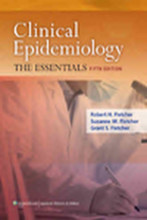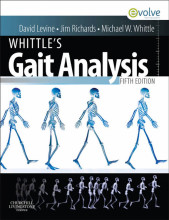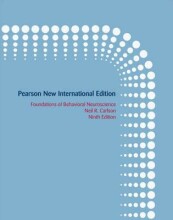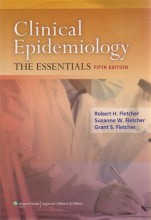Summary: Clinical Epidemiology The Essentials | 9781469826257 | Robert Fletcher, et al
- This + 400k other summaries
- A unique study and practice tool
- Never study anything twice again
- Get the grades you hope for
- 100% sure, 100% understanding
Read the summary and the most important questions on Clinical Epidemiology The Essentials | 9781469826257 | Robert Fletcher; Suzanne W. Fletcher
-
1 Introduction
This is a preview. There are 4 more flashcards available for chapter 1
Show more cards here -
What are the 5 d's which are possible outcomes of a disease?
Death
Discomfort
Disease
Disability
Dissatisfaction -
What is clinical epidemiology?
The science of making predictions about individual patients by counting clinical events (5d's)in groups of similar patients and using strong scientific methods to ensure the accuracy of these predictions -
2 Frequency
This is a preview. There are 5 more flashcards available for chapter 2
Show more cards here -
What is incidence density?
Another approach of incidence, since different people are susceptible for varying lengths of time. So if a patient is followed for 10 years they contribute 10 person-years, if a person is followed 1 year this is 1 person-year -
What are epidemic and pandemic and endemic?
Epidemic- concentration of new cases in time
Pandemic - When a disease is widespread (such as global)
Endemic - When it is limited to certain places -
3 Abnormality
This is a preview. There are 16 more flashcards available for chapter 3
Show more cards here -
What are items, constructs and scales?
Items- are question which measure certain constructs- such as symptoms, feelings knowledge and so on.
These constructs are grouped together to form scales. -
5 Risk: exposure to disease
This is a preview. There are 13 more flashcards available for chapter 5
Show more cards here -
What are the two most used study types when studying risk?
Cohort
Case control -
What are three prerequisites for a cohort study?
People do not have the disease (or outcome) in question at the beginning
Should be observed over a meaningful period of time
All members should be observed over the full period. or methods must be used to account for drop-outs. -
What is the basic set-up of a cohort study?
Expose--> disease or not
Not exposed--> disease or not -
In which two ways can a cohort be performed?
Historical -> from a certain point to present
Prospective -> present to future -
What is the absolute risk?
The probability of an event in a population under study. Value is the same as for incidence
#new cases in a group/#people in the group
- Higher grades + faster learning
- Never study anything twice
- 100% sure, 100% understanding
































